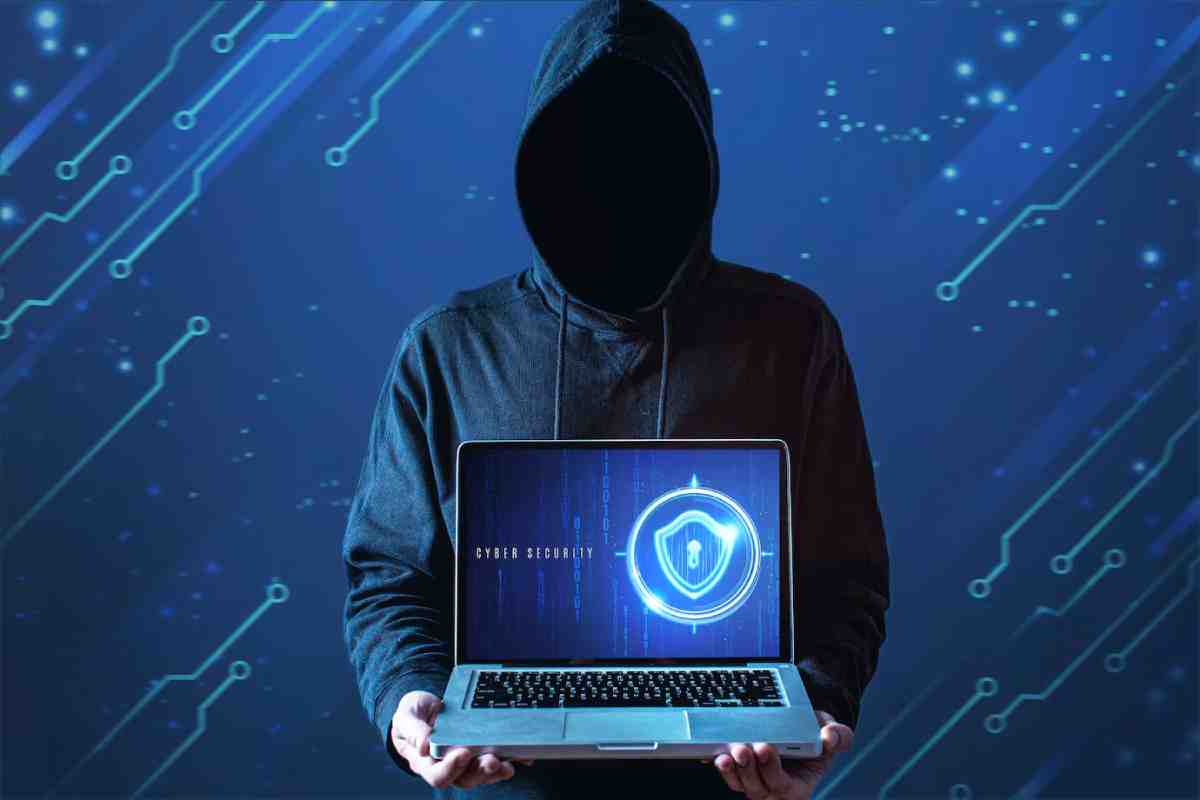Best Practices for Businesses to Prevent Cyber Attacks
Cybersecurity is essential today. Businesses are under mounting attack from cybercriminals. These people want to steal data, disrupt operations and damage reputations. Using robust business cyber security strategies can shield valuable assets. This guide looks at key IT security tips to fortify your business defences and ensure security for the long term. Understanding the Importance

Cybersecurity is essential today. Businesses are under mounting attack from cybercriminals. These people want to steal data, disrupt operations and damage reputations. Using robust business cyber security strategies can shield valuable assets. This guide looks at key IT security tips to fortify your business defences and ensure security for the long term.
Understanding the Importance of Cybersecurity for Businesses

Cyber threats keep changing, and businesses must act accordingly to tackle these risks. A successful attack can cause financial loss, data breaches, and harm to your reputation. Whether you run a small business or a large enterprise, prioritising business cybersecurity is vital.
The Impact of Cyber Attacks on Businesses
- Financial loss – Cyber attacks can incur fines, lawsuits, and recovery costs.
- Data Breaches – Sensitive data may become unprotected, creating compliance difficulties.
- Operational Disruptions – Ransomware can stop core business functions.
- Damage to Reputation – It can take years for customers to trust a company again.
Adhering to the best practices listed below will help you reduce and prevent hacking attempts.
Implementing Strong Password Policies
Weak passwords invite cyber criminals. One effective IT security tip is to enforce strong password policies in your organisation.
Best Practices for Password Security
- Use Complex Passwords: Require passwords with letters, numbers, and symbols.
- Enable Multi-Factor Authentication (MFA): This adds an extra security layer.
- Regularly Update Passwords: Encourage employees to change passwords often.
- Avoid Reusing Passwords: Using the same password increases vulnerability.
Keeping Software and Systems Updated
Outdated software is a prime target for cybercriminals. Regularly updating your operating systems, applications, and security patches. All of this can help in prevent hacking attempts.
Why Regular Updates Matter
- Fix Security Vulnerabilities: Updates often include patches for known threats.
- Enhance Performance: Updated systems run more efficiently and securely.
- Prevent Exploits: Cybercriminals exploit weaknesses in old software.
Automated updates and patch management tools help keep all devices protected.
Securing Your Business Network
A secure network is crucial for business cybersecurity. Cybercriminals often target unsecured networks to launch attacks.
Steps to Strengthen Your Network Security
- Use Firewalls: Firewalls block potential threats from entering your network.
- Enable Encryption: Encrypt sensitive data to protect it from unauthorised access.
- Separate Guest and Business Networks: Restrict guest access to protect critical systems.
- Monitor Network Traffic: Regularly check logs for suspicious activity.
Employee Training and Cybersecurity Awareness

A great deal of cyber incidents are caused by human error. Training employees on business cybersecurity best practices reduces risks.
Key Areas of Employee Cybersecurity Training
- Identifying Phishing Attacks: Ensure all employees can identify fake emails and links.
- Safe Internet Usage: A guide to responsible browsing and downloading.
- Reporting Security Incidents: Establish clear procedures for reporting suspicious activities.
- Sensitive Information Handling: Train employees to properly store and share data.
An educated workforce is your first line of defence against cyber threats.
Implementing Endpoint Security Solutions
With remote work on the rise, securing employee devices is essential. Endpoint security protects laptops, smartphones, and tablets from threats.
Effective Endpoint Security Measures
- Use Antivirus and Anti-Malware Software: Reliable programs prevent malware infections.
- Implement Device Encryption: Encrypt data on all business devices.
- Control Access to Sensitive Data: Limit employee access to critical files and systems.
- Enable Remote Wiping Capabilities: This protects sensitive information. This is done in case devices are lost or stolen.
Backing Up Critical Business Data
Data loss can be disastrous. Regular backups ensure your data can be recovered after an attack or failure.
Best Practices for Data Backup
- Follow the 3-2-1 Backup Rule: Keep three copies of your data on two different media types. Make sure to keep one copy offsite.
- Automate Backups: Schedule automatic backups to reduce human error.
- Test Backup Restorations: Regularly check that backup files can be restored properly.
Implementing Access Control Measures
Restricting access to sensitive information is key to IT security tips.
Access Control Best Practices
- Use Role-Based Access Control (RBAC): Limit access based on job roles.
- Review Permissions Regularly: Revoke access for former employees and update permissions.
- Implement Least Privilege Principles: Give employees only the access they need.
Using Secure Cloud Services
Many businesses use cloud solutions for storage and collaboration. Securing your cloud environment is essential.
Cloud Security Best Practices
- Choose Reputable Providers: Work with cloud providers that offer strong security features.
- Enable Data Encryption: Protect data stored and transferred in the cloud.
- Monitor Cloud Activity: Track login attempts and file changes.
- Implement Strong Authentication: Use MFA for cloud access.
Developing an Incident Response Plan
Even with strong security measures, businesses must prepare for cyber incidents.
Key Components of an Incident Response Plan
- Identify and Assess Threats: Set procedures for detecting cyber threats.
- Contain and Mitigate Attacks: Take immediate steps to limit damage.
- Communicate with Stakeholders: Inform employees, customers, and authorities as needed.
- Review and Improve Security Measures: Learn from incidents to strengthen future defences.
Partnering with Cybersecurity Experts
For businesses without in-house expertise, working with cybersecurity professionals can offer valuable protection.
Benefits of Partnering with Experts
- Regular Security Audits: Identify vulnerabilities and areas for improvement.
- Threat Intelligence Services: Gain insights into emerging threats.
- Incident Response Support: Get expert help in managing cyber attacks.
Securing IoT Devices in the Workplace
With the rise of the Internet of Things (IoT), businesses use smart devices to enhance productivity. However, these devices can be a security risk if not managed properly.
How to Secure IoT Devices
- Change Default Credentials: Set strong, unique passwords for all IoT devices.
- Segment IoT Networks: Keep IoT devices on a separate network from critical business systems.
- Update Firmware Regularly: Ensure all IoT devices receive security updates.
- Disable Unnecessary Features: Turn off features that are not in use to minimise vulnerabilities.
Ensuring Secure Remote Work Policies
Remote work introduces new security challenges. Companies must adopt strong policies to ensure employees working from home do not compromise security.
Best Practices for Secure Remote Work
- Use VPNs: Secure connections to company networks with virtual private networks.
- Limit Access to Sensitive Data: Ensure employees only access data relevant to their role.
- Monitor Remote Devices: Use endpoint security tools to track and secure remote devices.
- Train Employees on Security Risks: Educate remote workers on best cybersecurity practices.
Protect Your Business With Enhanced Security Strategies

Cybersecurity breach is more than an IT risk — it’s a business risk. By following these IT security tips, businesses can prevent hacking and protect confidential information. This also helps build customer trust. Strong business cybersecurity is essential for corporate resilience in a changing threat landscape.
By improving security strategies, organisations can guard against cyber threats and ensure long-term success.